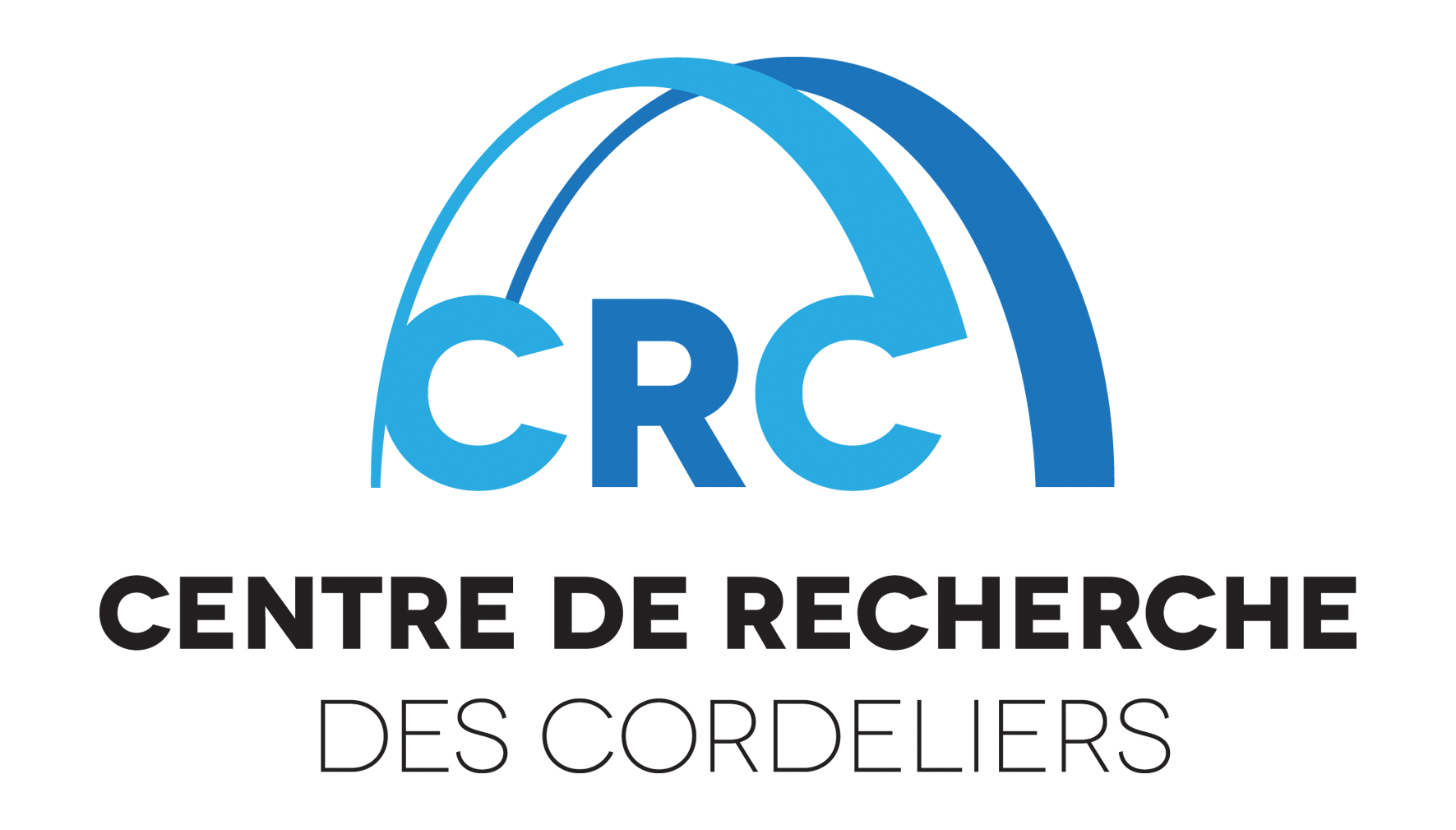24/05/2019
Liver cancer cell lines as pharmacogenomics models to identify new efficient therapies and predictive biomarkers in hepatocellular carcinoma.
Stefano Caruso*, Anna-Line Calatayud*, Jill Pilet*, Tiziana La Bella, Samia Rekik, Sandrine Imbeaud, Eric Letouzé, Léa Meunier, Quentin Bayard, Nataliya Rohr-Udilova, Camille Péneau, Bettina Grasl-Kraupp, Leanne de Koning, Bérengère Ouine, Paulette Bioulac-Sage, Gabrielle Couchy, Julien Calderaro, Jean-Charles Nault, Jessica Zucman-Rossi#, Sandra Rebouissou#. * : equal contribution, # : equal contribution
Gastroenterology 2019. DOI:10.1053/j.gastro.2019.05.001. PMID: 31063779
ABSTRACT
Background and aims: Hepatocellular carcinomas (HCCs) are heterogeneous aggressive tumors with low rates of response to treatment at advanced stages. We screened a large panel of liver cancer cell lines (LCCLs) to identify agents that might be effective against HCC and markers of therapeutic response.
Methods: We performed whole-exome RNA and microRNA sequencing and quantification of 126 proteins in 34 LCCLs. We screened 31 anti-cancer agents for their ability to decrease cell viability. We compared genetic, RNA, and protein profiles of LCCLs with those of primary HCC samples and searched for markers of response.
Results: The protein, RNA and mutational signatures of the LCCLs were similar to those of the proliferation class of HCC, which is the most aggressive tumor type. Cell lines with alterations in genes encoding members of the Ras–MAPK signaling pathway and that required FGF19 signaling via FGFR4 for survival were more sensitive to trametinib than to FGFR4 inhibitors. Amplification of FGF19 resulted in increased activity of FGF19 only in tumor cells that kept a gene expression pattern of hepatocyte differentiation. We identified single agents and combinations of agents that reduced viability of cells with features of the progenitor subclass of HCC. LCCLs with inactivating mutations in TSC1 and TSC2 were sensitive to the mTOR inhibitor rapamycin, and cells with inactivating mutation in TP53 were sensitive to the AURKA inhibitor alisertib. Amplification of MET was associated with hypersensitivity to cabozantinib and the combination of sorafenib and inhibitors of MEK1 and MEK2 had a synergistic anti-proliferative effect.
Conclusion: LCCLs can be screened for drugs and agents that might be effective for treatment of HCC. We identified genetic alterations and gene expression patterns associated with response to these agents. This information might be used to select patients for clinical trials.
This database is publicly available through an online portal with data visualization (http://lccl.zucmanlab.com)

